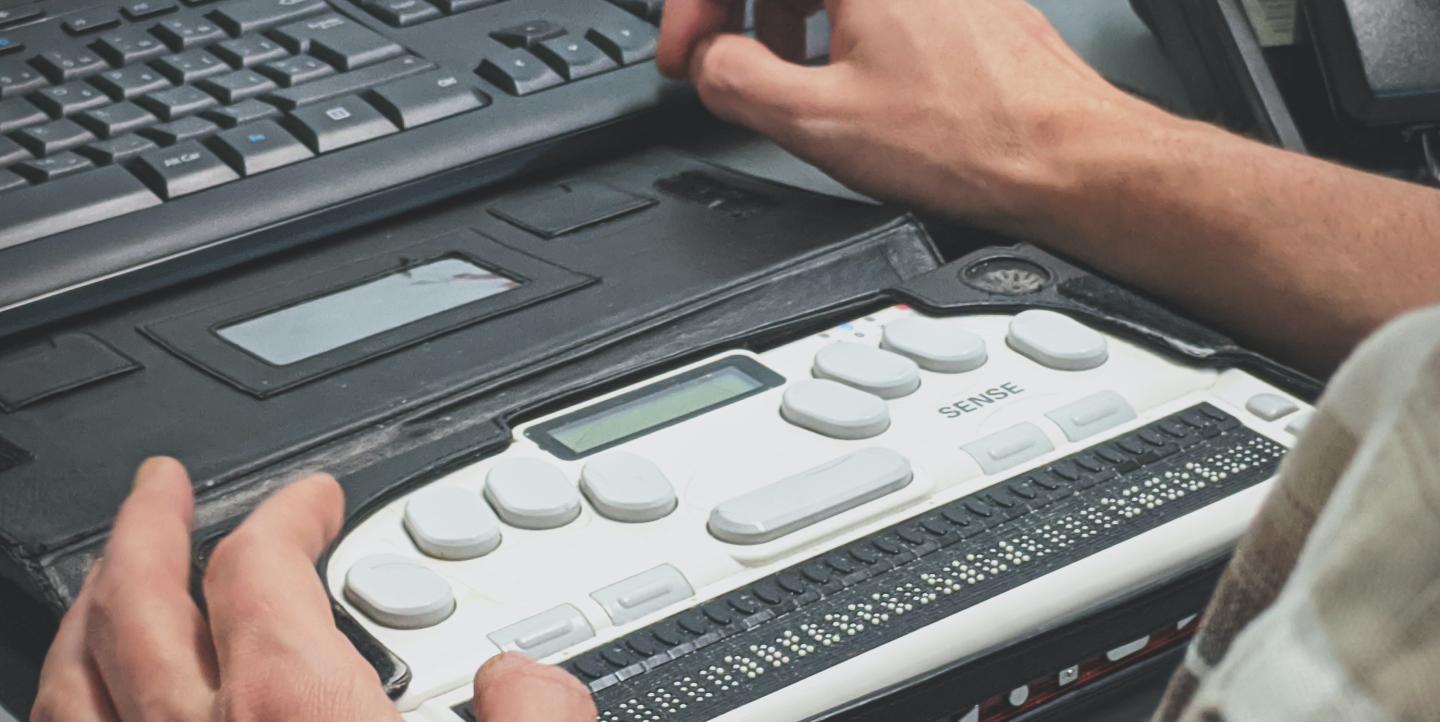In early 2022, the New York Times started looking for an accessibility visuals editor. As typically happens with other positions, new roles at the internationally renowned newsroom signal areas that are becoming increasingly relevant for the media industry. Accessibility is no exception.
The Times announced recently that Jaime Tanner will lead these efforts. She will be tasked with the goal of making “the breadth and vibrancy” of its news reporting “available to every curious reader,” Deputy Managing Editor Steve Duenes said.
With her appointment, the Times also wants “to adopt additional formal processes to ensure best practices become a bigger part” of its everyday operations. “Much of our visual report is very accessible, but there are challenges with features like data visualization, including maps and charts,” Duenes said in an email.
As content on the Internet becomes increasingly visual — from amusing short videos and recurring memes to groundbreaking images — what can journalists around the world do to make their visual journalism available to everyone?
The answer is a lot. Whether you are a reporter, a writer, or a social media editor, there are many steps you can take to improve your audiences’ experience.
Common issues
Patrick Garvin, web accessibility advocate and creator of the Twitter account @A11yAwareness, shared some prevalent issues when it comes to accessibility in news reporting:
- “The way a reporter or editor writes link text can be confusing to screen reader users if the link text is not able to stand on its own.”
- “Links that open up in new tabs or download PDFs can be jarring for users who weren't expecting that behavior.”
- “A PDF of a news page might be hard to read or understand depending on how the designer set up and formatted [their] page.”
- “The colors in a chart might be too hard to distinguish.”
- “A beautiful interactive might sound like gibberish on a screen reader, or be unusable to someone who uses a keyboard.”
These are just a few areas for improvement.
The need for more training
“News organizations have started to become more aware of accessibility. Many newsrooms are in the early stages in thinking about accessibility as a priority and figuring out how to make things accessible,” Garvin said.
As Garvin pointed out, however, there are still news sites that don't have alternative text for images. That is, a short written description of a picture. Others, he said, use content management systems that “just duplicate the caption text and use that for the alt text.”
In an industry that relies on data visualization and infographics, he explained, many interactives published by newsrooms wouldn't be fully usable or accessible using screen readers or keyboards.
In this context, Garvin believes that journalists must be trained on the basics, as well as the specific tasks they will need to perform for their jobs. “Many will probably admit that ‘assistive technology’ or ‘screen reader’ or ‘keyboard navigation’ were not part of any training they did get,” Garvin said.
He added that journalists should treat accessibility errors the way other mistakes are handled in newsrooms. He suggested, for instance, that newsrooms monitor how often their official accounts tweet images without alt text: “Make it a point to openly discuss ways to stop doing that.”
He is doing just this himself with news organizations’ Twitter accounts, already: “My hope is that at least one person will see one of the tweets on A11yAwareness and make a small change based on that. Maybe they make an effort to start adding alt text. They might not remember every time, but the bot reminded them to make an effort.”
Why alt text matters
Alexa Heinrich, director of Accessible Social, thinks that accessibility has improved significantly in recent years. The platforms that journalists use to share news stories online, she said, have prioritized accessibility. Yet there still is “a gap in the education” on accessibility tools, she said: “When it comes to the news and journalism, I see a lot of reporters and journalists doing the whole ‘screenshot of part of an article’ and sharing it, but there's no alt text. That part definitely needs to improve.”
This is what inspired her to found Accessible Social, a comprehensive website where people on the Internet can visit to learn about best practices in accessibility for social media.
One of the best recent examples Heinrich highlighted is NASA’s work to distribute the first images from the James Webb space telescope. Delivering “the deepest and sharpest infrared image of the distant universe so far,” as the space agency describes it, is predominantly a visual work. In doing so, it strove to make the images accessible to a wide audience. “They write some very descriptive alt text for their images, which is impressive because they're writing about the vastness of space and stars and constellations,” she noted.
Historic images such as these are just some of the pieces that journalists may need to provide alt text for in their reporting. Infographics, meanwhile, present their own set of challenges as they are created primarily to convey information in a visual way. For these, Heinrich has some advice: Break data down in a written format.
Memes, too, can be difficult. “Some memes are really hard to wrap my head around and write alt text for,” she acknowledged.
Final tips
Know your readers: Tanner, the new accessibility visuals editor at The Times, encouraged journalists to spend time familiarizing themselves with their audiences with disabilities, to learn how they engage and interact with the news. “Testing your work by using a screen reader or by keyboard navigating a data visualization, for example, can help you to better understand and improve the user experience,” she said.
Follow those who work in the accessibility space: “I've created a Twitter list of people who talk at length about accessibility for people who want to just follow that and jump in. I encourage folks to look at resources from the companies who focus on accessibility training, testing and services,” Garvin recommended.
Talk to people who rely on accessibility features: “I can only teach so much from my perspective, but I'm a sighted woman. I don't need alt text. Talking to people who actually rely on accessible practices to access digital content is vital to making our world, whether it's online or in person, completely accessible for everyone,” said Heinrich.


